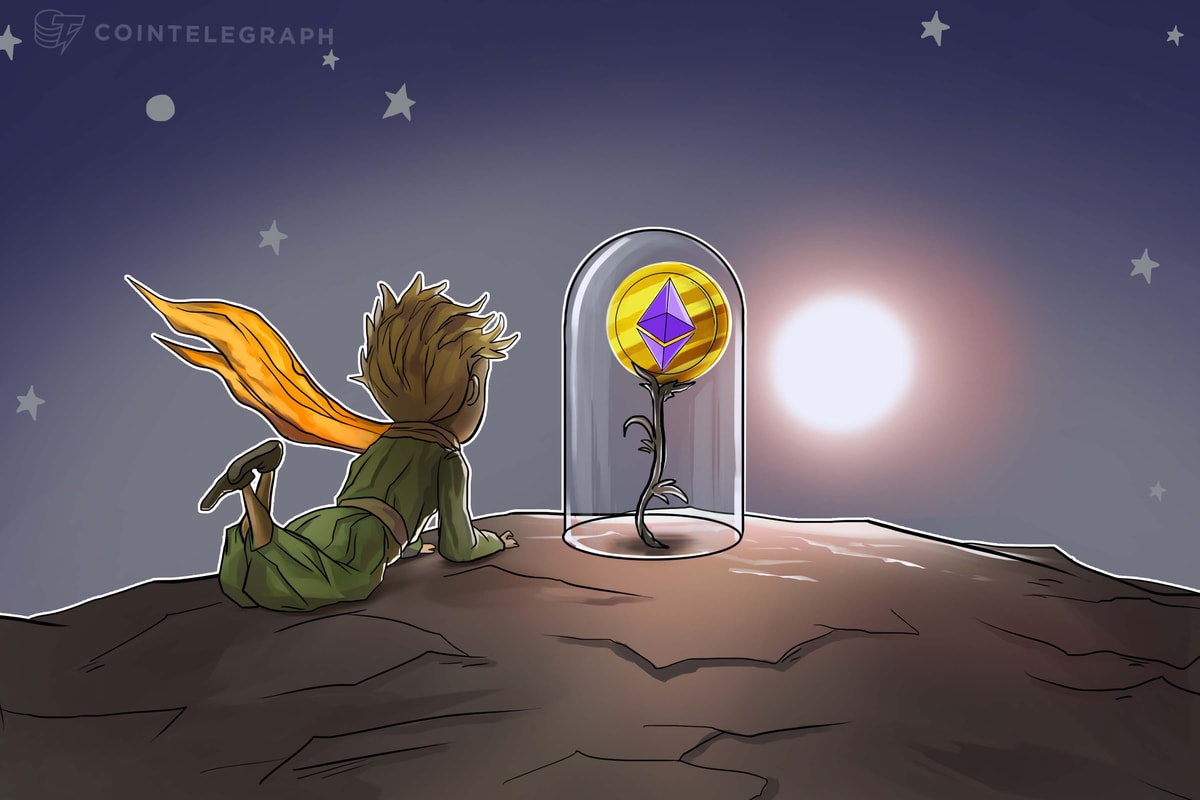Ether (ETH) Price Falls 9.3%: Is This a Bottom Signal?
Ether (ETH) price fell 9.3% between March 26 and March 28, testing the $1,860 level for the first time in two weeks. This correction led to over $114 million in liquidations of leveraged ETH futures and caused the premium relative to the regular spot market to drop to its lowest level in over a year.
Rock-Bottom ETH Futures Premium: A Bottom Signal?
Some traders have said that the rock-bottom ETH futures premium is a bottom signal, but let’s dig deeper into the data to see if this perspective makes any sense.
ETH Futures Premium Relative to Spot Markets
Ether’s monthly futures typically trade above the regular spot price as sellers demand compensation for the longer settlement period. A 5% to 10% annualized premium usually indicates neutral markets, reflecting the cost of opportunity and the exchanges’ risk.
The Current ETH Futures Premium
The current 2% ETH futures annualized premium suggests a lack of demand for leveraged longs (buys), but this measure is highly influenced by recent price movements. For example, on Oct. 10, 2024, the ETH futures premium dropped to 2.6% after a 14% price correction in two weeks, but the indicator rose to 7% as ETH regained most of its losses. Essentially, the futures premium rarely signals changes in the spot price trend.
ETH Whales: Afraid of Further Price Falls?
To determine if whales have lost interest in Ether, it is crucial to observe how the market is pricing put (sell) options compared to call (buy) options. When traders anticipate a downtrend, the 25% delta skew metric rises above 6%, indicating a higher demand for hedging strategies. In contrast, periods of bullishness usually push the skew below -6%.
ETH Options 25% Delta Skew (Put-Call)
Currently, at 7%, the ETH options’ 25% delta skew suggests a lack of conviction among professional traders, raising the likelihood of further bearish momentum.
The Ethereum Network Faces Steep Competition
Attempting to pinpoint the reasons behind sellers’ motivations is futile, especially when considering Ethereum’s competition, which has expanded from blockchains like BNB Chain and Solana to networks tailored for specific challenges. Examples include Hyperliquid, focused on synthetic assets and perpetual trading, and Berachain, which is apparently better suited for staked assets in cross-liquidity pools.
The Success of Certain DApps Could Be the Final Blow to Ether
The success of certain decentralized applications (DApps) could serve as the final blow to Ether. For example, Ethena, the synthetic dollar protocol on Ethereum, is transitioning to its own layer-1 blockchain. The project, currently holding $5.3 billion in total value locked (TVL), raised $100 million in December 2024 to support this shift.
A Major Protocol Update is Looming
However, it may be premature to claim that ETH price will continue to fall, as a major protocol update is only weeks away. Investors should carefully track the practical benefits of Ethereum’s Pectra upgrade, particularly in terms of base layer fees and overall usability for the average user. Until then, the chances of ETH outperforming the broader altcoin market remain slim.
Conclusion
In conclusion, the recent ETH price correction and the resulting rock-bottom futures premium do not necessarily signal a bottom. The lack of demand for leveraged longs, the high 25% delta skew, and the steep competition the Ethereum network faces all suggest that further bearish momentum is likely. Investors should be cautious and monitor the market closely as a major protocol update is imminent.
FAQs
Q: What is the current ETH futures premium?
A: The current ETH futures premium is 2%.
Q: How does the 25% delta skew metric work?
A: The 25% delta skew metric measures the difference between the prices of put (sell) and call (buy) options. When the skew is above 6%, it indicates a higher demand for hedging strategies, suggesting a downtrend may be anticipated.
Q: What is the significance of the Pectra upgrade in Ethereum’s protocol?
A: The Pectra upgrade aims to improve the usability and efficiency of the Ethereum network, particularly in terms of base layer fees and overall usability for the average user. Its success is crucial for the network’s future growth and development.
Q: How does the competition among blockchains affect the ETH price?
A: The competition among blockchains, including BNB Chain and Solana, as well as the emergence of new networks like Hyperliquid and Berachain, may negatively impact the ETH price, as investors may seek more competitive and efficient alternatives.





![Crypto Recovery Pump Incoming!! [DUMP NEARLY OVER – ACT NOW] Crypto Recovery Pump Incoming!! [DUMP NEARLY OVER – ACT NOW]](https://i.ytimg.com/vi/MrMeVsgZJPU/maxresdefault.jpg)


